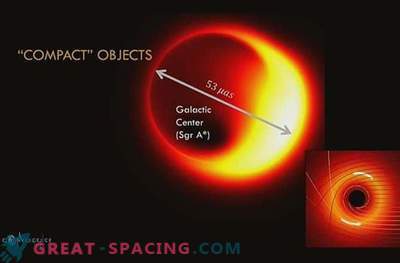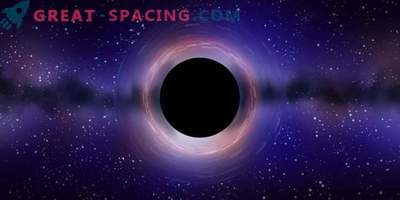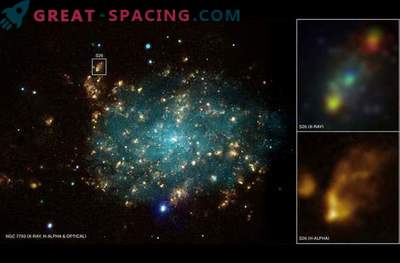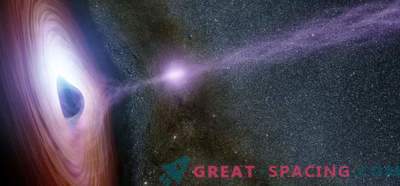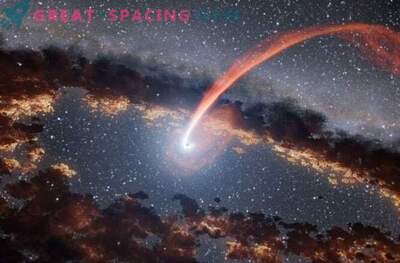
The first photo of a supermassive black hole.
Scientists believe that in the center of each galaxy hides a supermassive black hole. If we add its smaller brethren, we get a huge number of invisible cosmic monsters in the universe. April 10, 2019, researchers were able to present the first photo of the black hole. Who is this lucky girl?
To make a similar scientific breakthrough, the researchers created the project Event Horizon Telescope, which since 2017 has been researching two supermassive black holes. The tracking system consists of 8 radio telescopes scattered throughout the Western Hemisphere. As a result, managed to collect more than 500 terabytes of information.
This made it possible to transfer the horizon image of a supermassive black hole in the incredibly huge elliptical galaxy Messier 87. This is the largest galaxy in the constellation Virgo. The central black hole is 53.5 million light years distant from us.
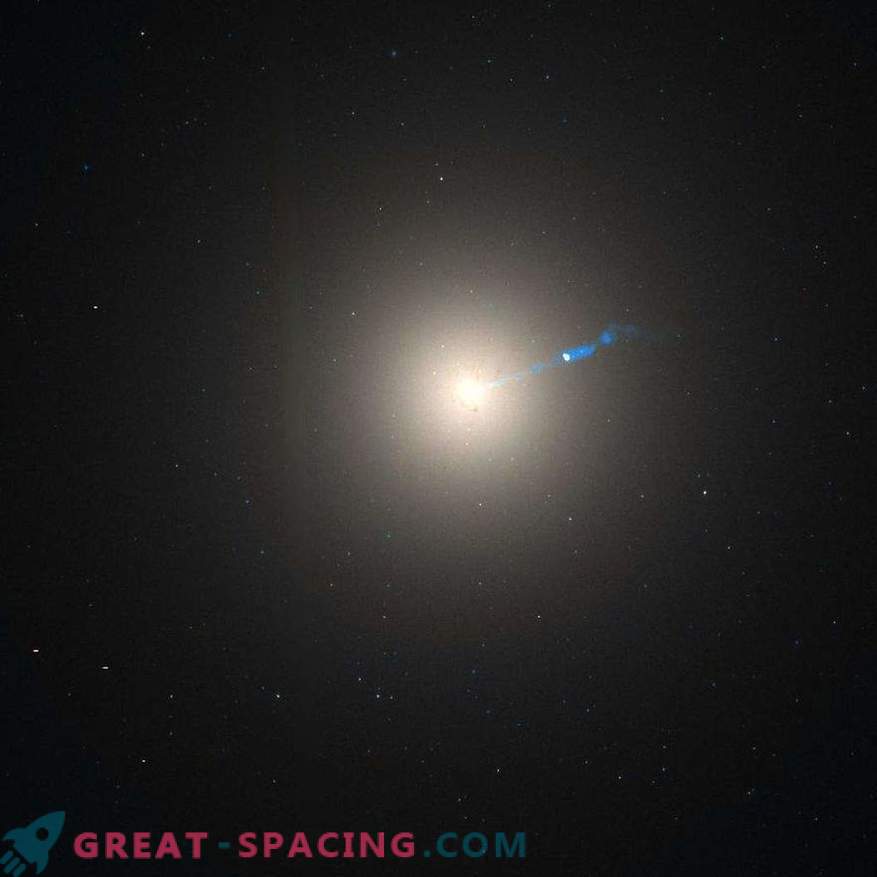
Messier 87, captured by the Hubble telescope
The supermassive black hole absorbs the surrounding material, which makes the M87 core active. In fact, one can even observe a giant plasma jet, which is released from the galactic core and extends over a distance of 5,000 light years. This is really a huge monster, whose mass exceeds the sun in 6.5 billion times! It is because of the activity and power that it was chosen as an object of observation. But do not think that everything is so simple. Even filming the event horizon took 2 years to decrypt data and the participation of 40,000 people.
Moreover, the light from the black hole has to travel through galactic expanses of 60,000 years. Then this beam spends another 55 million years, making its way through interstellar space. And only having made his way through the terrestrial atmosphere, it appears in the field of view of a network of sensitive radio telescopes.
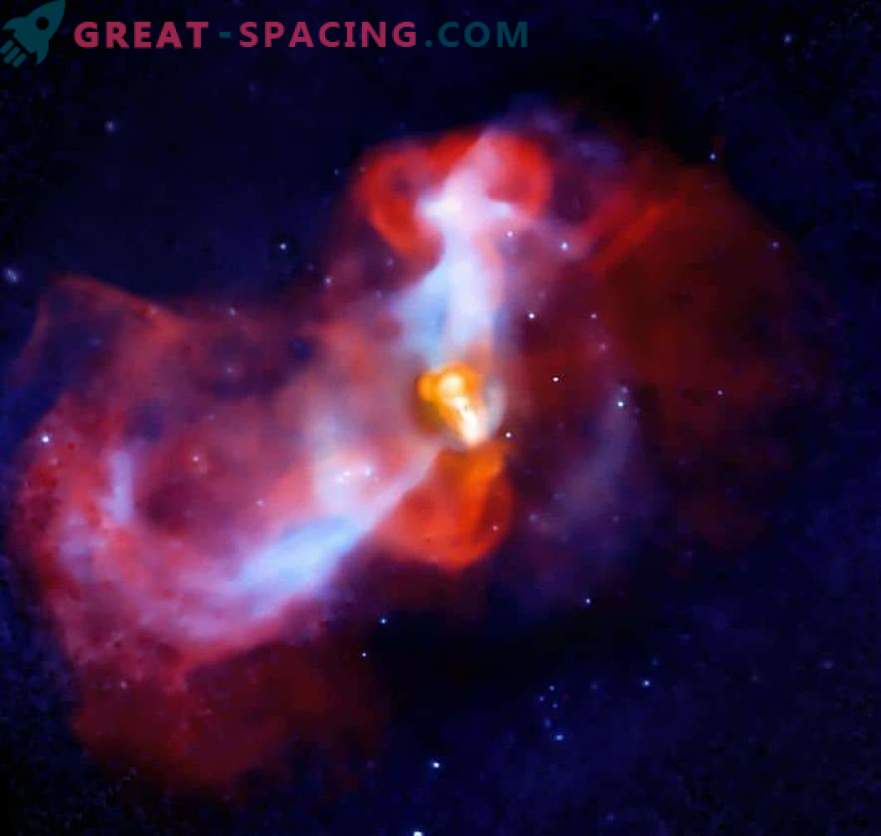
You are watching the eruption of a galactic super-volcano in M87, displayed by the Chandra X-ray Observatory and the Ultra-Large Antenna Lattice (VLA). The galaxy is in a cluster filled with hot gas, which gives signals in x-ray light (blue). When he loses heat, he goes to the center, where the cooling process is accelerated, and he begins to create new stars. But radio observations (red) show that this process is interrupted due to jets from a black hole. They rise near the center and meet the cool gas, which creates a shock wave in the atmosphere. Earlier we wrote that the observation was carried out for two supermassive black holes. Then why there was only one picture? The second observable object was our native supermassive black hole Sagittarius A *, located in the Milky Way galaxy. It is only 26,000 light-years distant from us, which, compared with 53.5 million light-years from the M87, seems to be utter trifles.
However, it is the parameters and power of the black hole that played an important role. Sagittarius A * surpasses solar mass by only 4.1 million times. But the black hole in M87, though further away, is 1585 times the object in the Milky Way.
But the researchers are not discouraged and believe that further observations into more powerful telescopes (expansion of the project’s radio telescopes system) will make it possible to see a photograph of a supermassive black hole in the center of the Milky Way. In the meantime, our technologies allow us to display only incredibly massive monsters.
